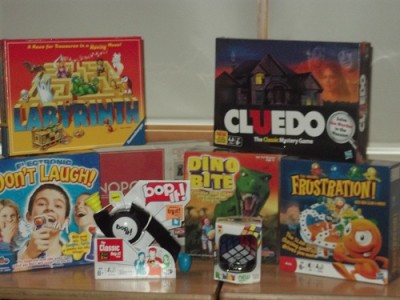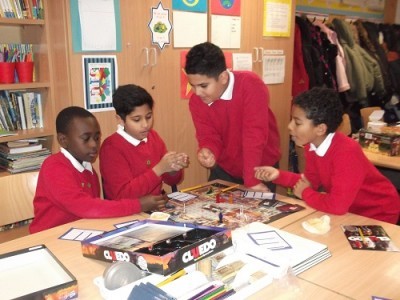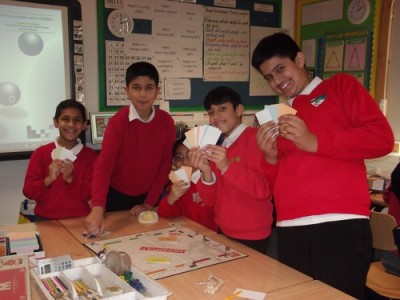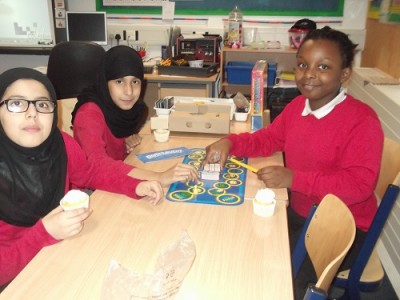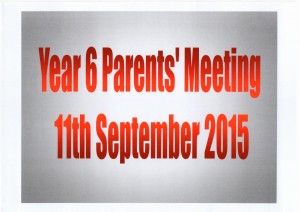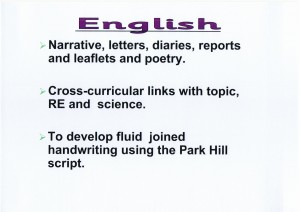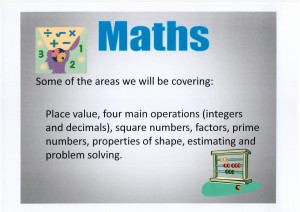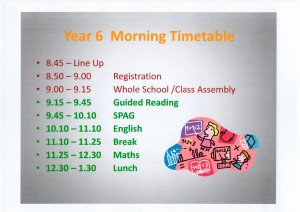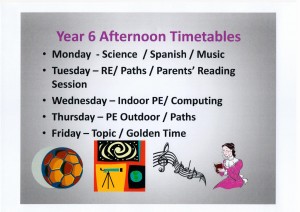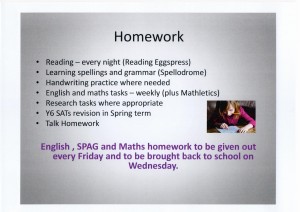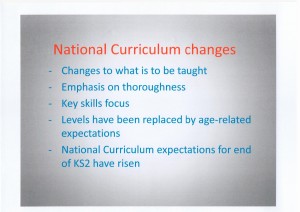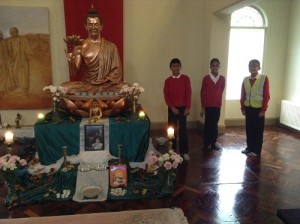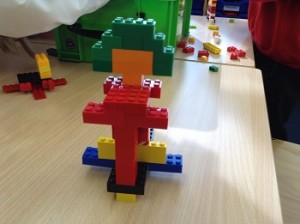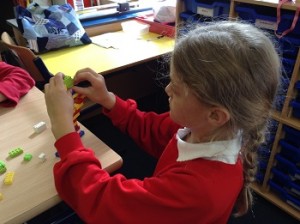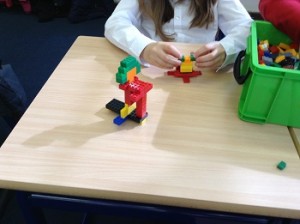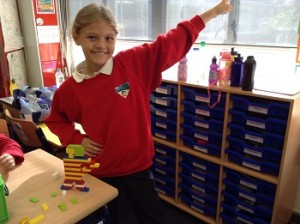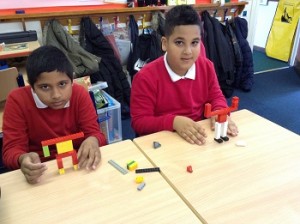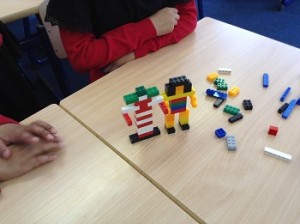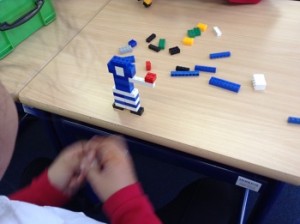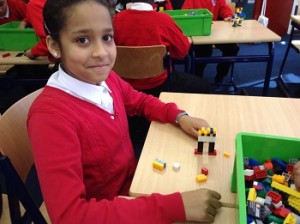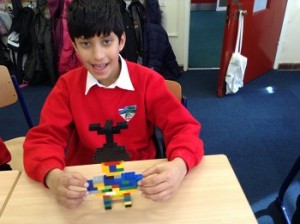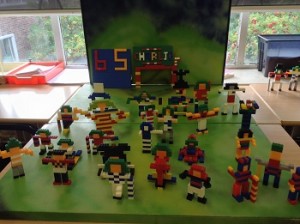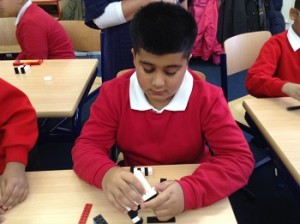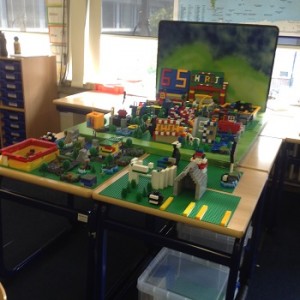Year Six 2015-16
As in previous years, we will be running workshops- for parents only –
to learn about how subjects are taught in school.
Years 5 and 6 Maths Workshop – Wednesday 16th November from 9am to 10am.
ARITHMETIC – QUESTION TYPE, PRESENTATION, REHEARSAL, PROFICEINCY & SPEED
- KS2 SATS ARITHMETIC PAPER is 30 minutes long with 36 questions worth 40 marks.
- Questions are only presented as equations.
| STRAND/type | CALCUALTION DESCRIPTION | EXAMPLES |
| 1. ADDITION
· Simple place value addition |
No written calculation required – recognition of increase of a specific place value | 476 + 100 = |
| · Simple unit & tenths addition | No written calculation required – as above – recognition that addition will not impact other place values (carrying) | 6.2 + 0.6 = |
| · Simple unit, tenths & hundredths addition | No written calculation required – recognition of the fact that there are no values in the second number to add to the first, also that the ‘5’ is in the hundredths place | 2.5 + 0.05 = |
| · 4 digit number & 3 digit number addition | Written calculation – place values must be aligned correctly if using column method as both numbers have different values, ‘carrying’ must be checked – number line method could be used | 1,063 + 487 = 1063
487 |
| · 4 digit number & 4 digit number addition | Written calculation – largest number at top – place values must be aligned correctly if using column method as both numbers have different values, ‘carrying’ must be checked – number line method could be used | 5,356 + 8,253 = 8253
5356 |
| · Addition of fractions with common denominator | Numerators add to give total of denominator | + = |
| · Addition of fractions with an uncommon denominator | Fractions where denominators are uncommon must be converted so that denominators are common. This is done by finding a common denominator. When denominators are converted, numerators must be converted by the same scales. Only then can the fractions’ numerators be added. | + =
+ = |
| · Addition of mixed numbers with fractions with uncommon denominators | Fractions can be added in isolation from whole numbers however their denominators are not common and so must be converted before subtraction as must their numerators. | 2 + = |
| 2. SUBTRACTION
· Subtracting ‘9’ |
No written calculation required – identify the ten’s digit and reduce it by one ten then add one unit to adjust the subtraction of the extra unit – this is called ‘special case 9’ subtraction | 463 − 9 =
463 – 10 + 1 = |
| · Subtraction of round hundred from a five digit number | No written calculation required – identify that 500 is half of a thousand, identify the thousand below and add on 500 | 40,000 − 500 = |
| · Subtraction of fractions with a common denominator | Subtract the numerator of the second fraction from the first – no need for conversion of denominators because they are common | – = |
| · Subtraction of a unit, tenth and hundredth from a whole integer | Can be done mentally, by subtracting unit, then decimal; can be done using ‘shopkeeper’s change’ number line method or for pupils who are not secure with their place value, a column subtraction incorporating a decimal point and zeroes as place holders for the whole integer – draw back for this method is ‘messy’ decomposition | 14 − 6.01 = |
| · Subtraction of mixed values | As above – second and third methods | 13.4 − 6.98 = |
| · Decomposition columnar subtraction of ten thousand from hundred thousand | Written subtraction method lining up place values in columns and subtracting place value by place value. Where a digit in a place value of the greater number cannot subtract a larger digit value of the smaller number, the next place value may be decomposed to create a larger value. | 214,487 – 45,195 =
214,487 45,195 |
| · Subtraction of fractions with uncommon denominators | Fractions where denominators are uncommon must be converted so that denominators are common. This is done by finding a common multiple of both denominators. When denominators are converted, numerators must be converted by the same scales. Only then can the fractions’ numerators be subtracted. | – = |
| · Subtraction of mixed numbers with uncommon denominators | Fractions can be subtracted in isolation from whole numbers however their denominators are not common and so must be converted before subtraction as must their numerators. | 2 – = |
| 3. MULTIPLICATION
· Multiplication by 2/double |
No written calculation required – number can easily be doubled as none of the place values will affect the others | 132 × 2 = |
| · Multiplication of two digit number by one digit number – out of tables range | Short written compact method or partitioning | 24 × 3 =
20 x 3 + 4 x 3 =
24 x 3 |
| · Use of commutative law within multiplication and associative law | Numbers in multiplication can be rearranged in any way (commutativity). They can also be calculated in a different grouping (associativity). | 5 × 3 × 4 =
5 x 4 x 3 = 20 x 3 = |
| · Use of place value to multiply | No written calculation required – recognition of movement of digits two places to the left to x by 100 | 4.16 × 100 = |
| · Short written compact method to multiply mixed values by single digit | Short written compact method – multiply each value from the right to left | 1.32 × 6 =
1.32 x 6 |
| · Long multiplication written method | Multi-step multiplication – first by unit then by ten – then addition of both products in second phase
– 2 marks |
76
x 23 |
| · Multiplying fractions | Multiply the numerator by numerator and denominator by the denominator | x = |
| · Multiplying fractions by a whole number | Make the whole number a fraction numerator over one – or imagine (in this case 5 sets of one sixth) | x 5 =
x = |
| 4. DIVISION
· Recall of a known division fact |
No written calculation required – recall of division fact or inverse x fact | 54 ÷ 6 = |
| · Identify related division fact | No written calculation required – identification of related division fact being ten times bigger e.g.
144 ÷ 12 = 12; so 1440 ÷ 12 = 120 |
1,440 ÷ 12 = |
| · Short compact method of division – single divisor | Bus shelter method – address each digit left to right – carrying where remainders for division of each place value | 7,505 ÷ 5 =
_______ 5I 7 5 0 5 |
| · Division of a related three digit fact by a single digit divisor | No written calculation required – in this case, the dividend (270) is a related fact of the divisor (9) and so it should be recognised as 27 ÷ 9 = 3; however, as 270 is ten times larger than 27 and the divisor has stayed the same, the answer must be ten times greater than in 27 ÷ 9 | 270 ÷ 9 = |
| · Long division ‘chunking’ method | Subtract ‘chunks’ from the dividend in multiples of divisor until left with zero or a remainder which cannot be divided – use knowledge of place value – doubling – quadrupling etc… | ________
1 3 I 3 0 1 6 |
| · Division of fractions | When dividing fractions, simply ‘flip’ the second fraction and multiply the result | ÷
x = |
| · Division of fractions by a whole number | Simply multiply the bottom number by the whole number and use the numerator as the numerator in the answer | ÷ 5 =
|
| 5. FRACTIONS, DECIMALS, PERCENTAGES (FDP)
· Finding a fraction of a number |
Divide number by denominator and multiply the answer by the numerator | x 24 = or of 18 = |
| · Finding a percentage | Divide value by 10 to find 10% then scale up or down to find correct %. E.g. in this example, 56 divides by 10 to find 10 % then multiply answer by 2 (double) to find 20% | 20 % x 56
or 20% of 56 |
| 6. Other
· Squaring |
Squaring – numbers multiply by themselves | 7²
7 x 7 = |
| · Order of operations
BODMAS Brackets, order, division, multiplication, addition, subtraction |
In multi-step or multi-operation calculations, if there are brackets, do the operations within them before any others. If there are no brackets, division or multiplication must be done (in order written) before subtraction or addition | 20 − 4 × 2 =
20 – (4 x 2)= 20 – 8 = |
********************************************************
Year 6 Visited London Tuesday 21st July
All year 6 had a fabulous time in London- here are a few places they visited
***************************************************************************
Year 6 Half Term Overview:
Spring – Second half term
Dear Parents,
We hope our families had a wonderful half-term break and that the children are now refreshed and ready to meet the new challenges that await them this half term as we approach SATs.
The Macbeth play workshops took place today, Wednesday 24th February; please ensure contributions towards this are given to the office this week. Please also note this coming Thursday, 25th February, is dressing up day in House colours.
Sports Relief events will take place in the week beginning Monday 14th March and the children will be invited to dress up on the Friday of that week. The week after we shall be celebrating World Book Week and the dressing up day for this will be Thursday 24th March. Also taking place during this week will be the Easter Bonnet parade and Easter egg competitions!
As ever, please can you ensure your child has appropriate, warm P.E. kit in school for our outdoor P.E. sessions.
This overview will tell you what we will be covering throughout the next half term. We hope you will find this useful and please feel free to ask any of the year six teachers any questions.
Mr Shennan, Mr Game and Mrs Smith
Year 6 Staff
| English | Newspapers and persuasive arguments |
| Maths | Key concepts – Data handling, multi-step word problems and decimals / fractions/ percentages, algebra and co-ordinates. |
| Science | Rocks and solids |
| Computing | Maths and English revision. |
| P.E. | Gymnastics and rugby (outdoor) |
| R.E. | Being regardful of suffering.
Being merciful and forgiving. |
***********************************************
ATTENDANCE GAMES
Year 6 games awarded for 12 days consecutively in school with no absences
“Ecstatic, so ecstatic it was amazing to win £100 to spend on awesome games to play with.”
“It was a very nice opportunity to play with my friend on a game of monopoly.”
“Whilst eating cakes, we enjoyed the game Don’t Laugh.”
“Cakes, games and fun, all a child could want and all thanks to our attendance!”
YEAR 6 OVERVIEW
Poetry Recitation Competition October 2015
There was a fantastic atmosphere around school as many children were practicing their poems to perform in the competitions in school. The teachers were completely overcome at the effort that so many children put into this and the standard was amazingly high. Thank you to those parents who gave their children support in doing this – they really did you proud!
Year 6 Winning Poem
6G Visited the Buddhist Centre in Moseley on Tuesday 3rd November 2015
Year 6 found a very warm welcome when we visited Birmingham Buddhist Centre in Moseley last week. We learnt a lot and even had a go at meditation. Pleasingly, Dave, our host, told us that the questions we asked were the best he’d had from a class yet! Nyla 6G
Year 6 Attendance Award – Lego Workshop
“It was so imaginative and great fun Yakine 6S”
“It connected with what we were learning about in English Isra 6S
YEAR 6 EID PARTIES ON 23rd SEPTEMBER 2015
![Cnu2bvuWIAERhmG[2]](http://176.32.230.249/parkhill.bham.sch.uk/wp-content/uploads/2016/07/Cnu2bvuWIAERhmG21-300x225.jpg)
![Cnttx5iWgAAr0iV[1]](http://176.32.230.249/parkhill.bham.sch.uk/wp-content/uploads/2016/07/Cnttx5iWgAAr0iV1-225x300.jpg)

![CnuZLksXEAAYw4G[1]](http://176.32.230.249/parkhill.bham.sch.uk/wp-content/uploads/2016/07/CnuZLksXEAAYw4G1-225x300.jpg)
![CnuWr53XgAAjzJ7[1]](http://176.32.230.249/parkhill.bham.sch.uk/wp-content/uploads/2016/07/CnuWr53XgAAjzJ71-225x300.jpg)
![CnuUXnrWAAA_lto[1]](http://176.32.230.249/parkhill.bham.sch.uk/wp-content/uploads/2016/07/CnuUXnrWAAA_lto1-300x225.jpg)
![CnuUD6aXEAAr9G9[1]](http://176.32.230.249/parkhill.bham.sch.uk/wp-content/uploads/2016/07/CnuUD6aXEAAr9G91-225x300.jpg)
![Cnun8hHXYAQn9-8[2]](http://176.32.230.249/parkhill.bham.sch.uk/wp-content/uploads/2016/07/Cnun8hHXYAQn9-82-225x300.jpg)
![Cnum_lSWAAAob9n[2]](http://176.32.230.249/parkhill.bham.sch.uk/wp-content/uploads/2016/07/Cnum_lSWAAAob9n2-300x225.jpg)
![CnujzPJXgAE5T5Z[1]](http://176.32.230.249/parkhill.bham.sch.uk/wp-content/uploads/2016/07/CnujzPJXgAE5T5Z1-300x225.jpg)
![Cnu6oWKXgAAp78v[1]](http://176.32.230.249/parkhill.bham.sch.uk/wp-content/uploads/2016/07/Cnu6oWKXgAAp78v1-225x300.jpg)
![Cnu6ilRWAAAvvvQ[2]](http://176.32.230.249/parkhill.bham.sch.uk/wp-content/uploads/2016/07/Cnu6ilRWAAAvvvQ2-225x300.jpg)
![Cnu2bvuWIAERhmG[2]](http://176.32.230.249/parkhill.bham.sch.uk/wp-content/uploads/2016/07/Cnu2bvuWIAERhmG2-300x225.jpg)
